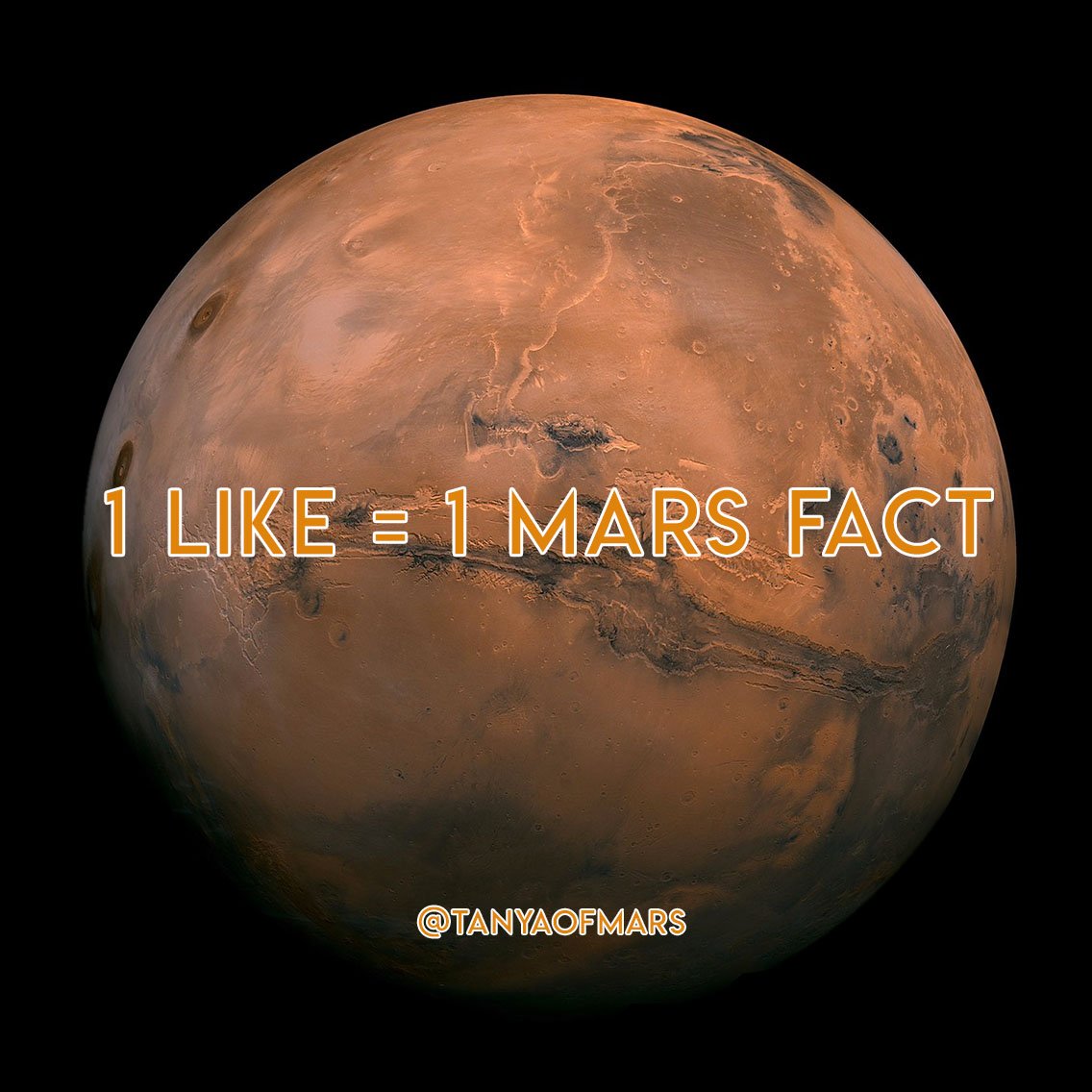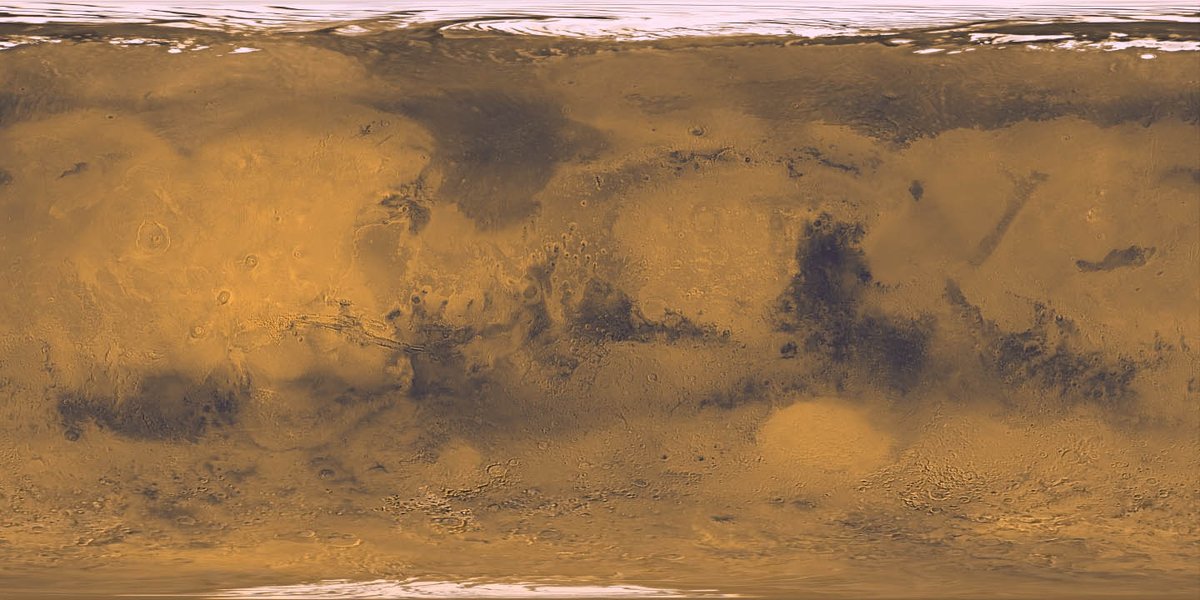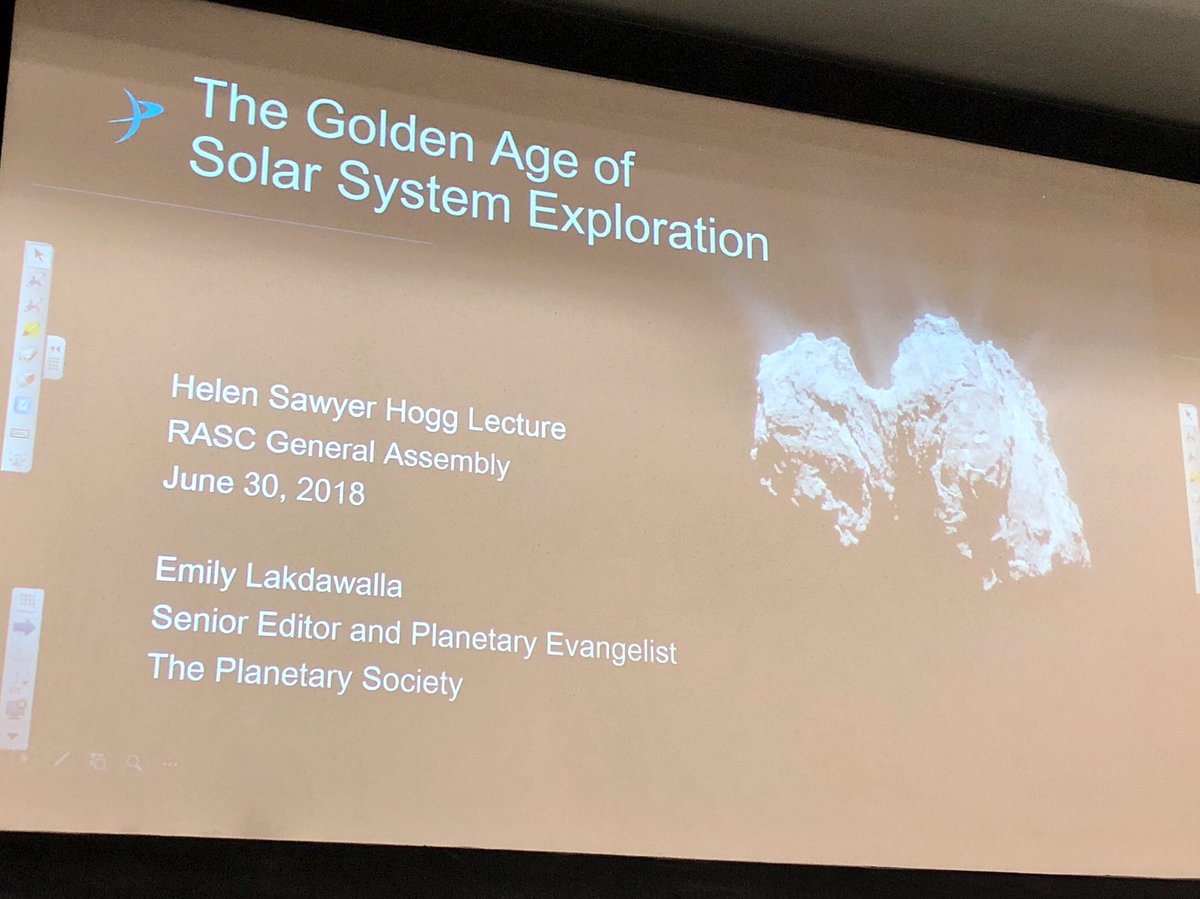It's been awhile since I dropped a thread o' #Mars, so let's try something different today... 

1. The hues of #Mars' surface are generally thanks to dust cover—or (relative) lack thereof. Lighter areas = dusty, darker = less dusty. 

• • •
Missing some Tweet in this thread? You can try to
force a refresh





